This website uses cookies to help you browse on the website/ web. By using the website you agree on our policy on cookies.
Close
What Not to Wear in Iceland
What To Pack For Iceland
When traveling to Iceland, it is important to be well-equipped for the subarctic climate. Iceland is infamous for being wet and windy, so it's best to be prepared! To help you decide what should and shouldn’t go in your bag, we’ve included a list of common mistakes that people make when visiting Iceland below.
Icelandic weather and climate can vary from month to month and season to season. That’s why we’ve curated a quick list of essentials for both winter and summer below. While you might want to pack more, there are a few crucial items on our lists that could make your time in Iceland that much more comfortable.
It goes without saying that what you need to pack should depend on the activities you plan to undertake - for example, a quick sightseeing stop in Reykjavík may not require sturdy hiking boots!
What Not To Pack For Iceland: Common Mistakes
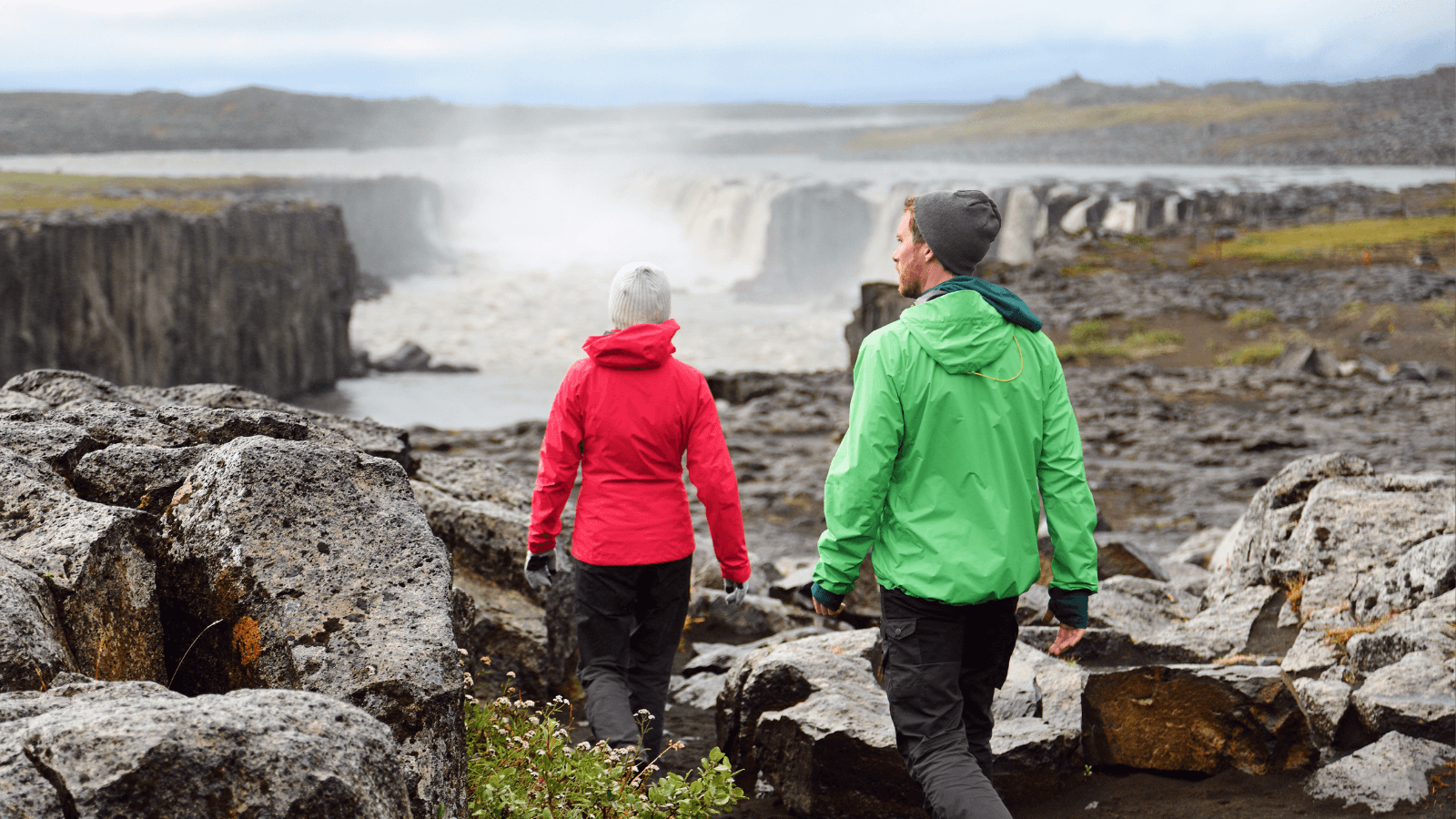
Before we dive into our top tips by season, here are a few things to bear in mind while packing your suitcase.
1. Inadequate Layers
Iceland’s climate is milder than you’d expect, considering its location in the Arctic Circle. However, this is no excuse to not wrap up warm! Layers are the best answer if you're not sure what to wear in Iceland. Do not wear fewer than three layers, as you will be susceptible to Iceland’s brutal rain and wind. It is good to have at least three layers of thermal gear to ensure maximum protection from the cold.
The climate varies between different parts of the island, so be sure to do some research on the climate of the area you will be visiting before your trip. The benefit of layering is that no matter where you are, you can remove or add clothing items to adjust to the temperature or type of weather.
When you are traveling in Iceland, you may notice that many of the Icelanders wear knitted sweaters. This is called a ‘lopapeysa’ and is the perfect insulation layer for any season. We definitely recommend investing in one to wear in Iceland!
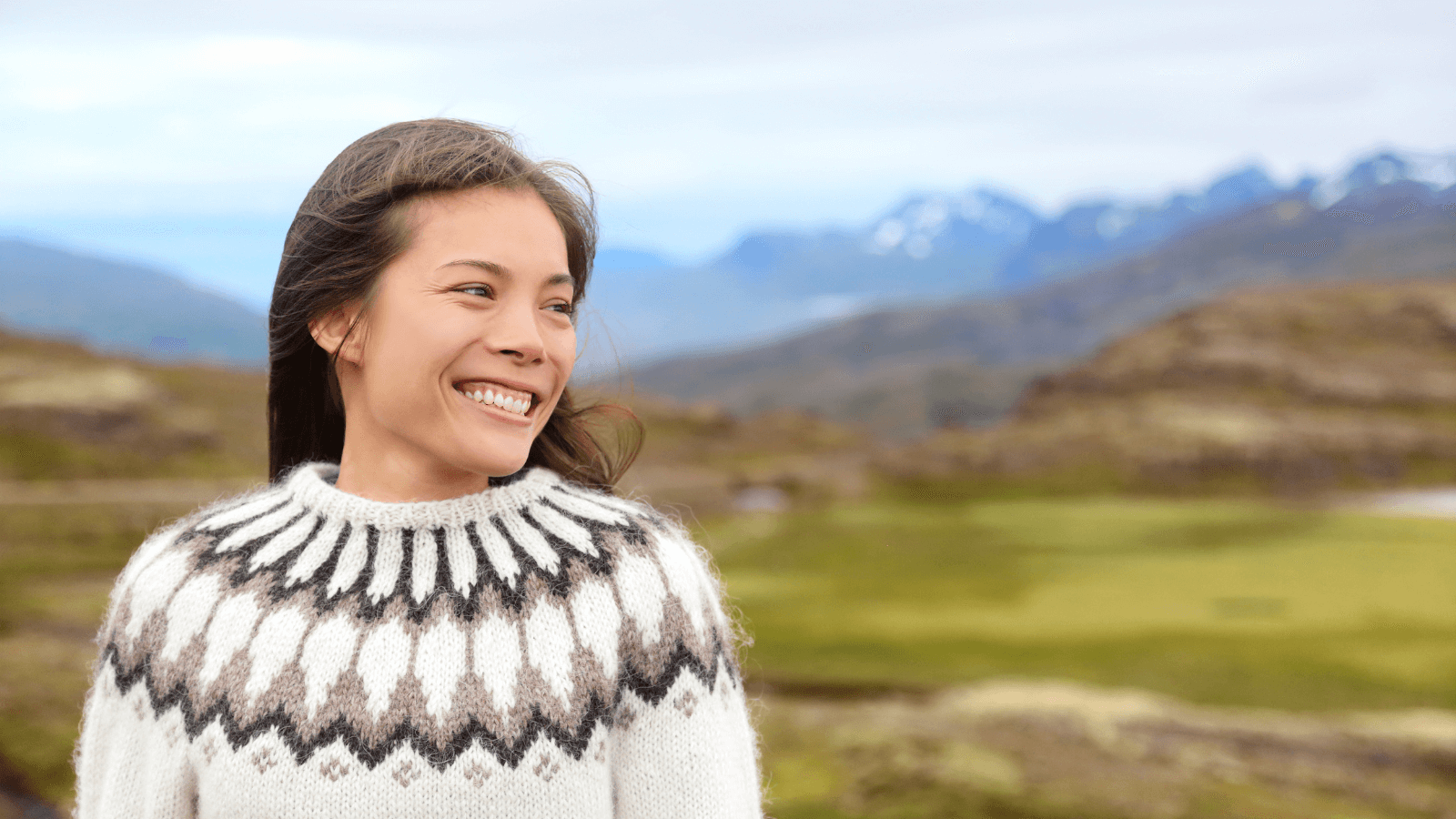
2. Non–Waterproof Coats and Jackets
Breaking news: it rains in Iceland all year round. Do not wear jackets and coats that will not protect you from the rain. With the average rainfall measuring 798.2 mm per year, it is very important to come prepared with the right gear. Ensure that your waterproof jacket is good quality and durable, as you will likely be wearing it every day. If you bring a coat or jacket that isn’t waterproof, you'll regret it and likely find yourself soaked through to the skin.
3. Thin Socks
Wearing thin socks is a killer, especially in Iceland! Ensure that your socks are thick and preferably woolen so that your feet won’t get too cold. If you can’t find woolen socks, try wearing a few pairs to retain more heat. Thick socks are also great as they will prevent you from getting blisters and sores on your feet, especially when wearing hiking boots.
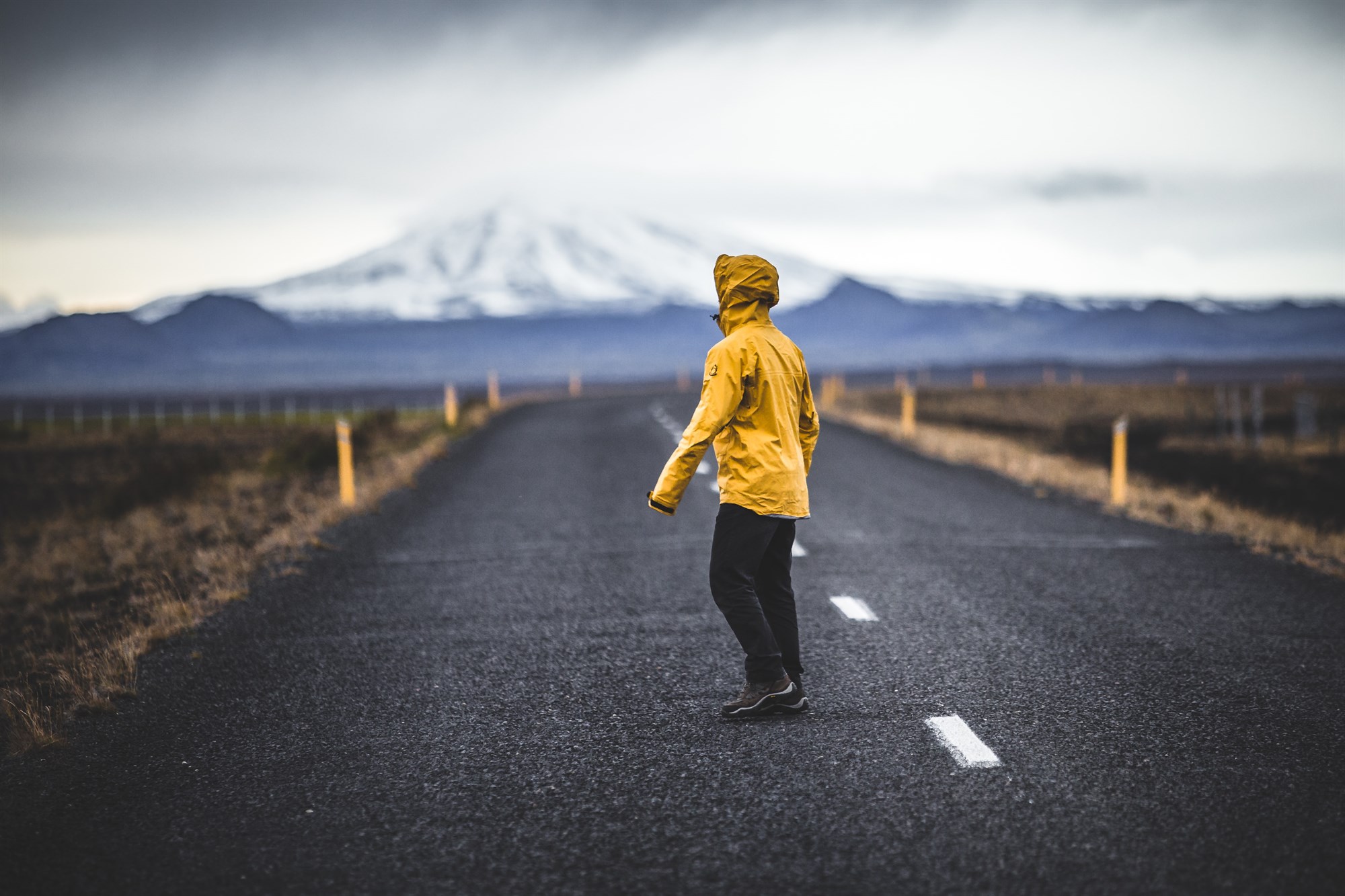
4. Slippery Shoes
Slippery shoes with minimal grip can be very dangerous when exploring Iceland, especially when walking on wet surfaces or taking part in activities like hiking. Ensure that your shoes are sturdy, even if you are not planning on hiking. It is also important to make sure that your shoes fit correctly, as you don’t want to end up with painful blisters.
For a day in the city, you may be able to get away with a pair of sneakers. However, when out exploring the wilderness, we recommend wearing hiking boots or crampons (on glaciers) to ensure no slipping due to ice and snow on the roads and pavements.
5. Formalwear
Outings in the cities and towns of Iceland don’t require dressing up, so keep it simple. Bars in Iceland's cities are very laid back on dress codes, so save some space in your suitcase when packing for the evenings in Reykjavík! Just wear enough layers to be warm and perhaps bring a waterproof jacket just in case.
6. Jeans
As a general rule of thumb, jeans are not the best pants for Iceland. When exploring Reykjavík or taking a simple walk in the town, jeans are fine, but you may find yourself getting chilly. If you are hiking, jeans can get wet, and the strong winds can make them quite uncomfortable. A pair of thermals or waterproof pants will work great because they are comfier and will keep you very warm. Thermal leggings are great to wear in Iceland as they are soft and comfy but will still retain heat.
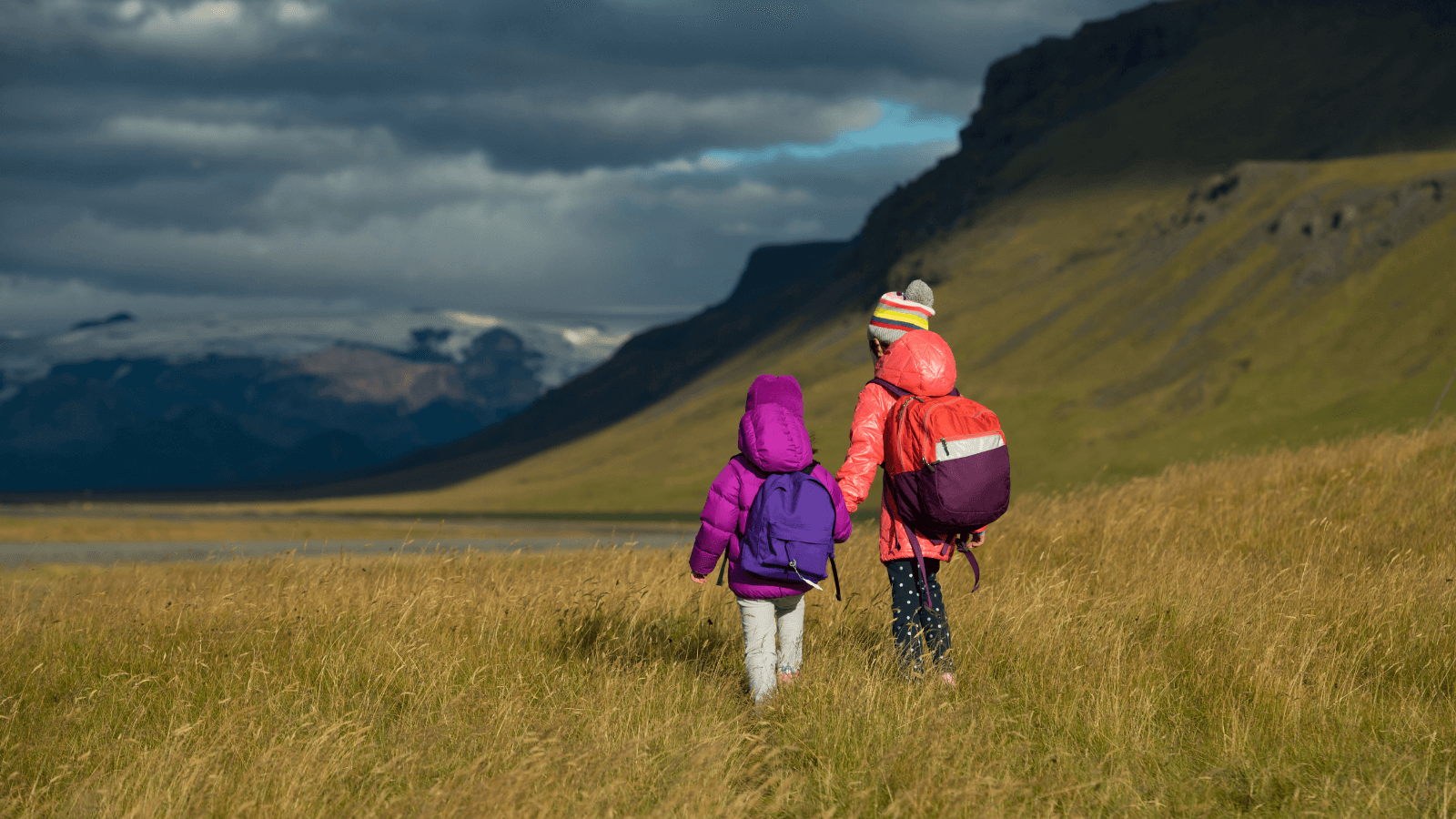
What To Pack For Iceland: Season By Season
Now that we’ve covered some basic no-nos for what to take with you to Iceland, we are also here to provide a basic packing list for your trip! What you’ll need to take will depend on what you plan to do on your trip, but also on the season. While Iceland remains fairly mild year-round, there are a few essentials for visiting in summer or winter. Let’s take a look.
Packing List For Winter In Iceland (November - February)
The average temperature of Iceland during the winter is roughly 1.7°C (35°F), with January as the coldest month, hitting 0°C. Admittedly, that isn’t the coldest temperature ever, but when it’s combined with the bitterly strong wind and frequent rain or snow, it can make the experience very unpleasant if you’re not prepared.
With the rapidly changing weather going from sun and no wind to ice flying at you horizontally, layering is the best solution. Whilst most of these items can be found in Iceland, buying the clothes now will be much cheaper than once you arrive. Read on to find out how to stay warm and comfortable this winter!
- Thermals: Thermals are a great addition to a cold hike or sightseeing excursion.
- Waterproof trousers: Like jeans, having only hiking trousers is okay for the city, but a pair of waterproof trousers becomes near-essential once you go out into the elements.
- Fleece: A warm layer to put on top is necessary, though we recommend the traditional Icelandic wool sweaters.
- Warm, waterproof coat: This can be thinner if your fleece layer is thick, and vice versa, but there are plenty of options for you.
- Hat, Gloves, & Scarf: Your extremities are likely to become the coldest parts of your body and can leak body heat very fast. Make sure that your hat covers your ears and is waterproof so you won’t get wet if it rains.
- Hand warmers: If you’re going to be outside for long or you’re more sensitive to the cold, hand and feet warmers are incredibly useful.
- Woolen socks: Make sure that your socks are warm, especially if you are going to be out and walking around.
- Walking boots: You may be able to get away with trainers on a decent day in the city, but with the icy roads and snow everywhere, we recommend shoes with a good grip.
- Sunglasses: The sun is low in the sky during winter, and the ground is icy and white, reflecting sunlight, so make sure that you’re wearing sunglasses.
- Sunscreen & Moisturizer: The sun is very strong in Iceland, especially when it rises or sets, so make sure that you’re taking care of your skin.
- Swimsuit & Towel: Despite the cold, a swimsuit is useful year-round, with the geothermal pools and hot springs like a warm hug during a cold day. They are one of the highlights of any trip, so bring a swimsuit and towel.

Packing List for Summer in Iceland (June - August)
All the above can apply to the summer months too, but there are a few things that you shouldn’t leave out of your suitcase if you’re visiting during summer. These are primarily for hiking and outdoor activities that are more popular in the warmer months.
- Clothing Layers: Despite the temperatures in Iceland being higher in summer, the weather is famed for being changeable, so light layers are always the best plan.
- Eye Mask: Especially if you are planning to camp in Iceland, you might want an eye mask to help block out the Midnight Sun.
- Bug Spray: Midges are notoriously common around bodies of water like lakes and ponds in Iceland, particularly from June to August, so bug spray can be a good idea.
- Reusable Water Bottle: There is never a need to purchase bottled water here; the tap water in Iceland is some of the tastiest in the world! Don’t forget to bring a reusable bottle for your trip.
- Sunglasses & Sunscreen: While the sun might not be out all the time, protecting your eyes and skin is still essential - don’t get caught out!
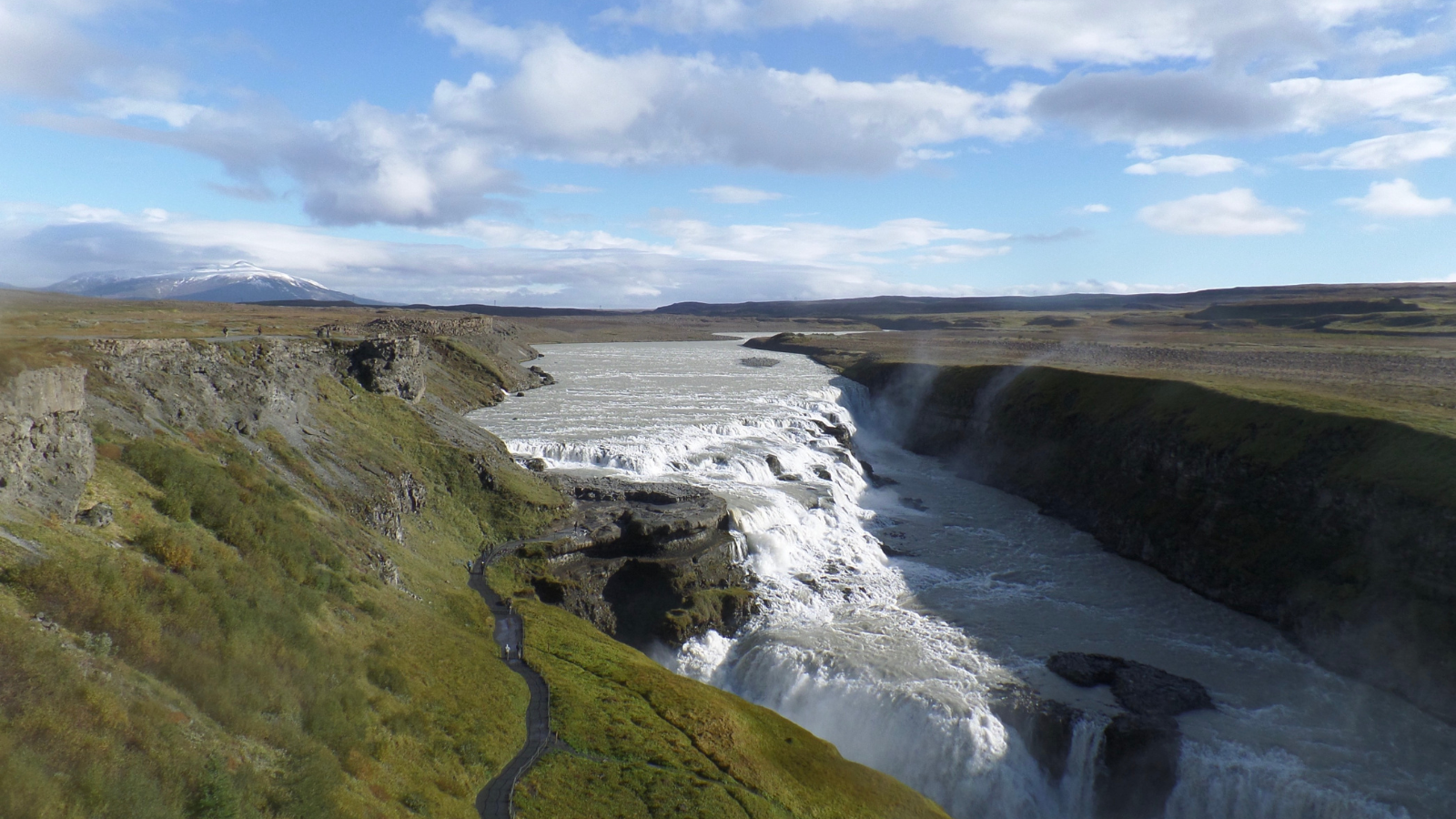
What To Pack For Shoulder Seasons In Iceland?
September is an incredibly popular time to visit, with tourists able to see the best of both: Mild temperatures and the chance to see the Northern Lights! If you’re visiting during a transition month in Iceland, you might be stuck on what to wear during your trip. Remember that the weather is entirely changeable, so your best bet is to constantly check the forecast before and during your holiday. Here are a few key things to remember for visiting in September:
- Thin Layers: Thin layers are the best way to ensure you remain at a comfortable temperature in all conditions.
- Waterproof Layers: A thin, waterproof outer shell is a good way not to overheat but to remain dry during hiking and sightseeing around Iceland.
- Waterproof Hiking Boots: If you’re planning on hiking in September, sturdy boots are essential year-round.
- Swimsuit & Towel: You can enjoy both geothermal pools and local swimming pools around the country in September.
- Flashlight: If you’re planning to explore for long days, a flashlight is a good way to ensure you can make the most of your time while remaining safe.
- Photography Gear: If you’re keen to catch the Northern Lights in September, don’t forget the photography equipment you’ll need.
Now that you're an expert on what you should wear in Iceland and what to leave out of your suitcase, you can set off knowing you’re fully prepared! While you're in Iceland, why not choose to travel at your own pace with a hire car from Iceland Car Rental?
Back